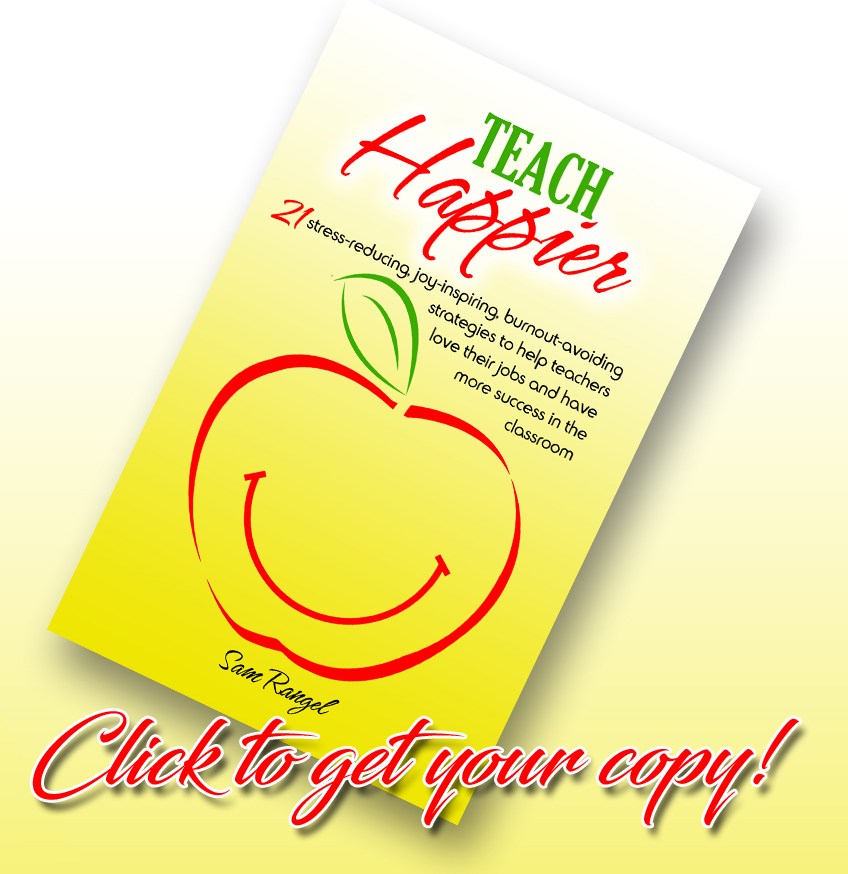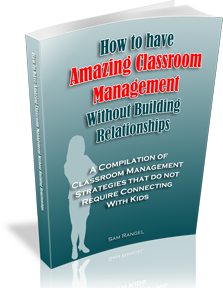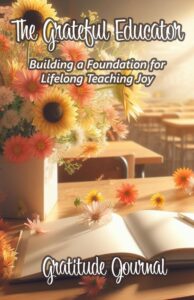
Hello again,
Here is the second part of the Ethnographic Narrative Project that students Claremont Graduate University’s Teacher Education program have to complete.
Again, to review, I was invited to take part in a workshop for Master teachers at my Alma Mater. I will be serving as Master teacher to three CGU students this summer, so they wanted to prepare me as to what I can expect when they come to me.
In this workshop, I was introduced to the Ethnographic Narrative Project which each CGU student has to complete as part of their studies.
In my last post, I explained the first part where students document the reasons why they became a teacher. You can read it here.
In this post, I want to talk about the second part.
Part B: Who Are My Students?
In this part of the project, teacher candidates select five students who have been identified as “struggling.” These students include those who are English learners or who have identified disabilities. Once these students are selected by the teacher candidate, he/she will conduct interviews and actually visit the homes of the students in this “focus group” in order to gain an understanding of their experiences, needs and desires.
Candidates will collect and analyze data on these five students all year. They’ll come up with an individualized learning plan for each student based on what they’ve discovered about them, and throughout the year, they’ll analyze how the students are progressing toward meeting the goals set out in the plan.
Again, what a great idea!
The point of this part, as I see it, is to find out what is contributing to the student’s lack of success in the classroom, then to develop a plan to meet his/her particular needs so that the student can be successful.
Too many times it’s easy to blame the student. “He’s just lazy,” or “She’s just doesn’t have it.”
I think this approach reiterates something that I heard often in the workshop: “All students can learn.”
We just need to find out how to reach them. If the student is not learning, then we have to consider the idea that perhaps we’re not doing enough.
The only concern I have for this part of the project is the home visits.
I’ve been teaching for over 20 years, and I think I’ve been to the homes of maybe 5 of my students in all that time.
There is just something about going to the home of one of my students that makes me a little uncomfortable. I would especially be concerned if I had to go into a bad part of town.
Is it bad to feel this way?
Other teachers at the conference brought up this concern, so I didn’t feel so alone, but then another teacher stated that when she accompanied her student teacher to the home of one of the students, it was a life-changing experience.
I’m sure there are some logistics that need to be addressed before you go knock on someone’s front door, but I’m intrigued as to what kind of effect the home visit would have on the student and the teacher.
Perhaps I’ll take a walk down the street and stop by Andy’s house. I’ll let you know if and when I do.
Again, I agree with the project’s emphasis on getting to know your students – each student. I have to remind myself sometimes that I don’t teach history; I don’t teach 8th graders; I don’t teach a classroom of students.
I teach Andy.
I teach Donovan.
I teach Vianca.
I teach Alyssa.
I have to know who my students are and how they learn. I need to know what outside factors are contributing to their learning.
I need to find out what I need to do to reach them.
Their success or failure is a reflection on my efforts as a teacher, so step it up Sam!
In the next post, I’ll talk about the third part of the CGU Ethnographic Narrative Project – What is Happening at my School Site?
Until then,
What do you think about home visits? Have you done any? I’m interested in hearing about your experiences.
Thanks,
Sam



